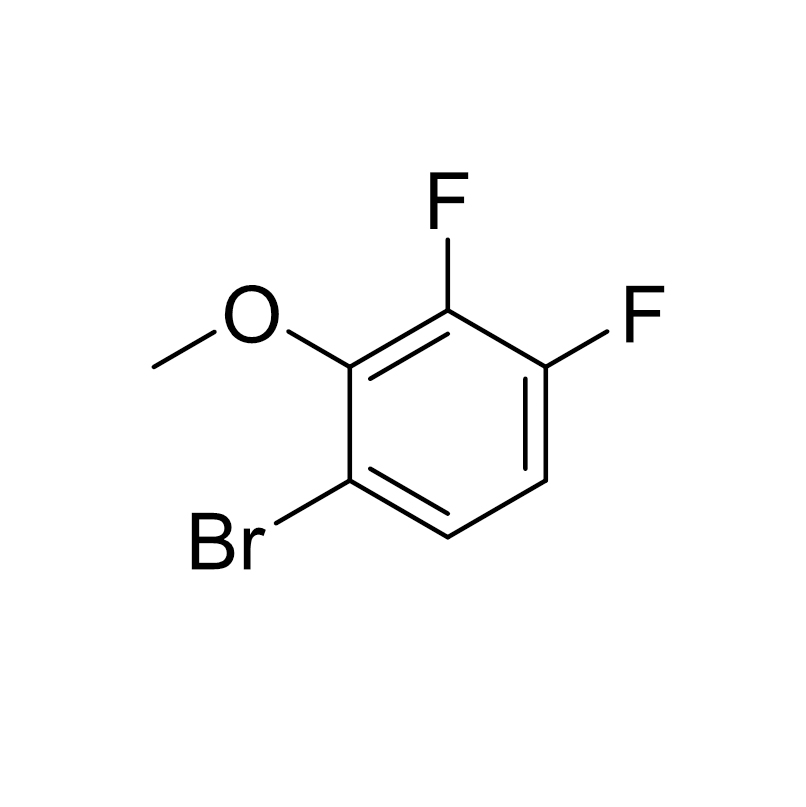- Abemaciclib Intermediates
- Larotrectinib Intermediate
- Ivacaftor Intermediates
- AZD-9574 Intermediate
- AZD-5305 Intermediate
- Delafloxacin Intermediates
- Ponatinib Intermediates
- Baloxavir Intermediates
- Lisapram Intermediates
- Suzetrigine(VX548) Intermediate
- Resmetirol GL3196 Intermediate
- Dotinod Intermediates
- Other Intermediates
1-bromo-3,4-difluoro-2-methoxybenzene CAS:888318-22-7
ZhonghanProduct Overview
6-Bromo-2,3-difluoroanisole is a fine chemical with important value in the field of organic chemistry. Its unique molecular structure gives it diverse chemical activity and application potential. Its chemical structure is a bromine atom, two fluorine atoms and a methoxy group connected to specific positions on the benzene ring. The precise molecular structure makes it a key intermediate in many organic synthesis reactions.
In appearance, 6-bromo-2,3-difluoroanisole is a white to light yellow crystalline powder, which is convenient for storage, transportation and use. It has a specific melting point range of [41]℃ - [45]℃ and exhibits good solubility in common organic solvents such as toluene and dichloromethane. This property enables it to better participate in the reaction process in organic synthesis reactions, providing convenient conditions for the smooth development of various chemical reactions.
In terms of application, 6-bromo-2,3-difluoroanisole is a "jack of all trades" in the field of organic synthesis. In the field of drug research and development, it is an indispensable raw material for the synthesis of new antibacterial and antiviral drugs, providing a material basis for overcoming various difficult diseases; in the field of materials science, with its unique chemical structure, it helps to synthesize high-performance electronic materials, such as functional materials for organic light-emitting diodes (OLEDs), improve the performance and stability of electronic devices, and plays a key role in cutting-edge science and technology.
During the production process, we strictly follow the international quality management system, and strictly control every link from raw material procurement to finished product delivery. We use advanced synthesis technology and efficient separation and purification technology, and use precision testing methods such as high-performance liquid chromatography (HPLC) to ensure that the purity of each batch of products is not less than [97]%, and the impurity content is strictly controlled at an extremely low level. Each product is accompanied by a detailed test report to provide customers with high-quality products with stable quality and reliable performance.
In the fiercely competitive chemical raw material market, 6-bromo-2,3-difluoroanisole has won the trust and recognition of many scientific research institutions, pharmaceutical companies and material manufacturers with its excellent quality and wide application prospects. With the continuous growth of global demand for innovative drugs and high-performance materials, the market prospect of 6-bromo-2,3-difluoroanisole will be broader. We will also continue to optimize production processes and improve product quality to provide stronger support for the development of various industries.
ZhonghanStructural formula
Molecular formula |
C7H5BrF2O |
Molecular weight |
223.01 |
Storage conditions |
Sealed in dry, Room Temperature |
Boiling point |
195.7±35.0 °C (Predicted) |
Density |
1.615±0.06 g/cm3 (Predicted) |
ZhonghanPhysical properties
Appearance: Usually white to light yellow crystalline powder.
Melting point: Generally around 41℃-45℃, but may vary slightly depending on factors such as product purity.
Boiling point: approximately 232℃-234℃. Under certain pressure conditions, the substance will change from liquid to gas within this temperature range.
Density: The relative density is about 1.65 g/cm³, which is greater than the density of water, which means that if it is immiscible with water, it will sink to the bottom of the water.
Solubility: It is soluble in common organic solvents, such as toluene, dichloromethane, chloroform, tetrahydrofuran, etc. It can form a uniform solution in these organic solvents, which is conducive to its participation as a reactant or intermediate in chemical reactions such as organic synthesis.
Refractive index: The refractive index is about 1.520. This optical property has certain reference significance in the research or application of some optical materials.
ZhonghanApplication Areas
Medical field
Synthetic antimicrobial drugs: They are important intermediates for the synthesis of new antimicrobial drugs. They can introduce specific structural fragments into drug molecules, enhance the inhibitory or killing effects of drugs on bacteria, and help develop new drugs against drug-resistant bacteria.
Synthetic antiviral drugs: They play a key role in the research and development of antiviral drugs. They react with other compounds to construct drug molecular structures with antiviral activity, which may be used to fight against various viral infections such as influenza virus and hepatitis B virus.
Synthesis of other drugs: It can also be used to synthesize other types of drugs for the treatment of cardiovascular diseases, nervous system diseases, etc., providing new drug options and treatment options for the treatment of these diseases.
Pesticide field
Synthetic insecticides: They can be used as raw materials for synthesizing new insecticides. Their unique chemical structure can give insecticides better insecticidal activity and selectivity. They have good control effects on pests in agricultural production, such as aphids and mites, reducing the harm of pests to crops and increasing crop yields.
Synthetic fungicides: They help in synthesizing pesticides with high bactericidal effects, which are used to control plant diseases such as fungi and bacteria, protect crops from pathogens, and ensure the quality and yield of agricultural products.
Synthetic herbicides: Participate in the synthesis of some new herbicides that can effectively control specific weed species while having little impact on the growth of crops, achieve precise weed control, and improve the efficiency and economic benefits of agricultural production.
Materials Science
Synthetic high-performance polymers: It can be used as a functional monomer to participate in the synthesis reaction of polymers to prepare polymer materials with special properties, such as polymers with good thermal stability, mechanical properties and optical properties, which can be used to manufacture high-performance parts in the fields of aerospace, electronics and electrical appliances.
Synthetic organic optoelectronic materials: It has important applications in the synthesis of organic optoelectronic materials such as organic light-emitting diodes (OLEDs) and organic solar cells. It can improve the luminous efficiency and charge transfer performance of the materials, improve the performance and stability of organic optoelectronic devices, and promote the development of organic optoelectronic technology.
Other fine chemical fields
Synthetic fragrances: can be used to synthesize fragrance compounds with unique fragrances, provide new fragrance ingredients for the fragrance industry, and be used to formulate perfumes, flavors and other products to meet people's needs for different fragrances.
Synthetic dyes: As intermediates of synthetic dyes, they can introduce specific chromophores and auxochromes into dye molecules to improve the color, dyeing properties and fastness of the dyes, and are used for dyeing textiles, leather and other materials.

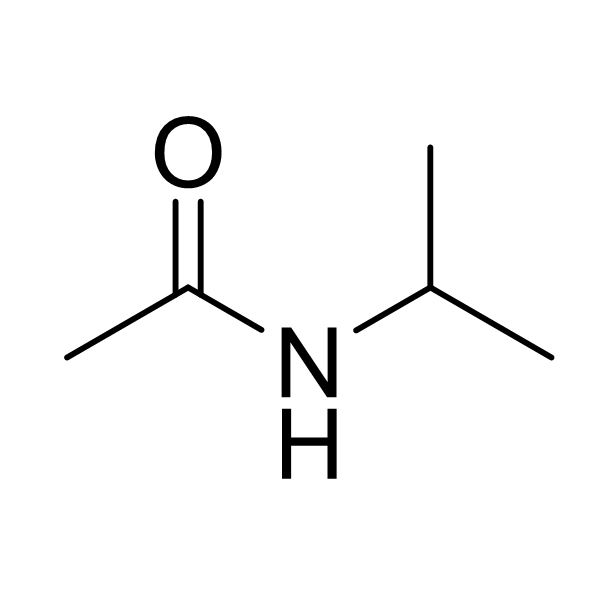
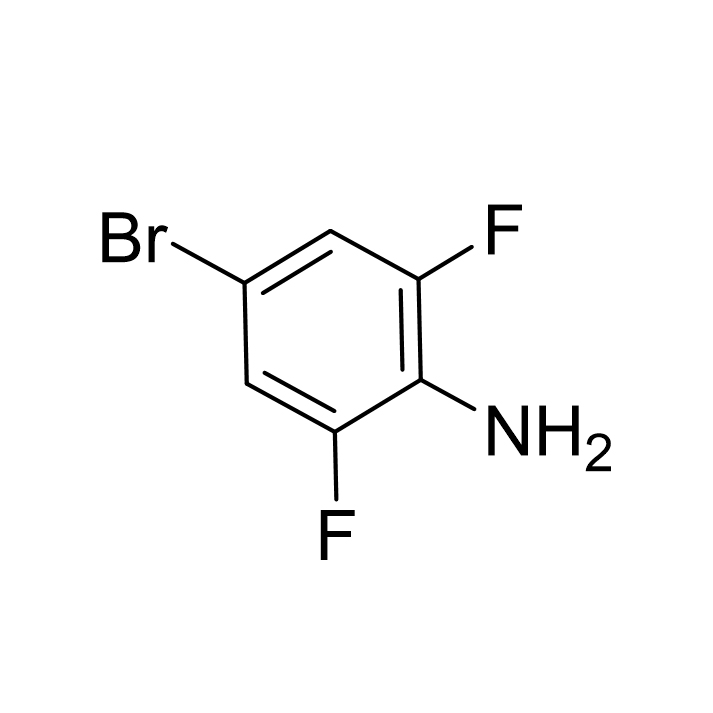
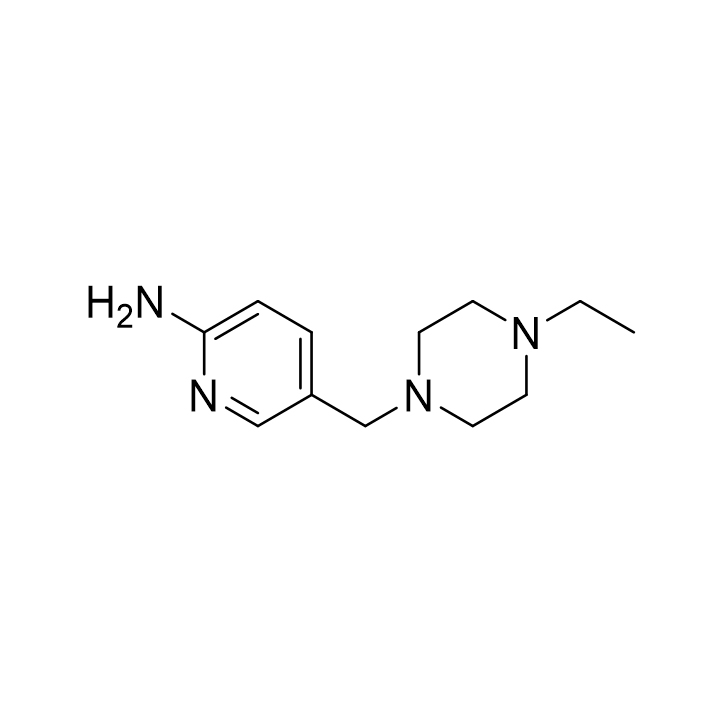
![6-Bromo-4-fluoro-1-isopropyl-2-methyl-1H-benzo[d]imidazole CAS:1231930-33-8](/source/9e9faa51f944bc7ac934c145f661fec3/cas1231930-33-8.jpg)
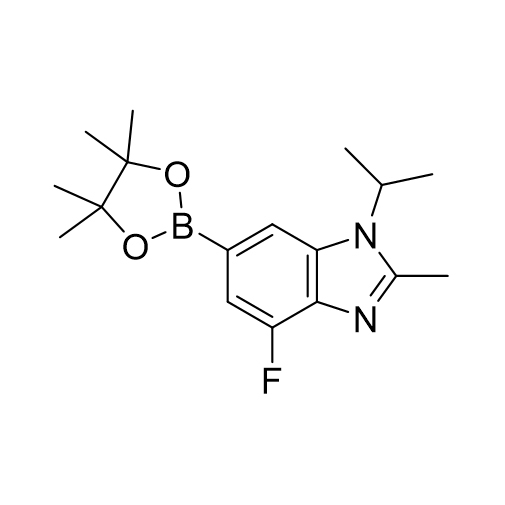
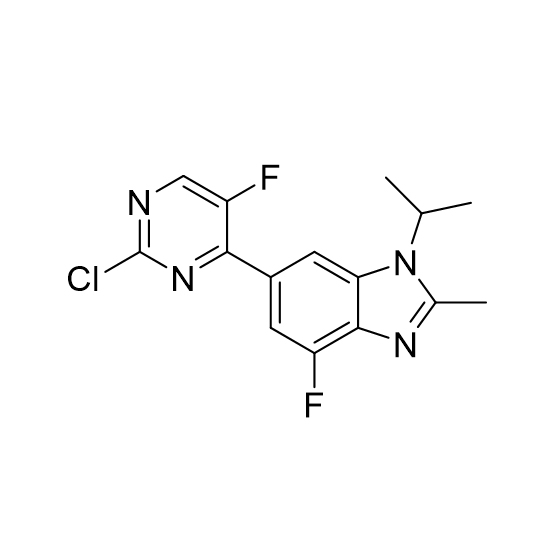
![5-Hydroxypyrazolo[1,5-a]pyrimidine CAS:29274-22-4](https://ecdn6.globalso.com/upload/p/3069/image_product/2025-02/cas29274-22-4.jpg)
![5-Chloropyrazolo[1,5-a]pyrimidine CAS:29274-24-6](/source/2d2e4c8649a6444c8114fbceac0e361d/cas29274-24-6.jpg)
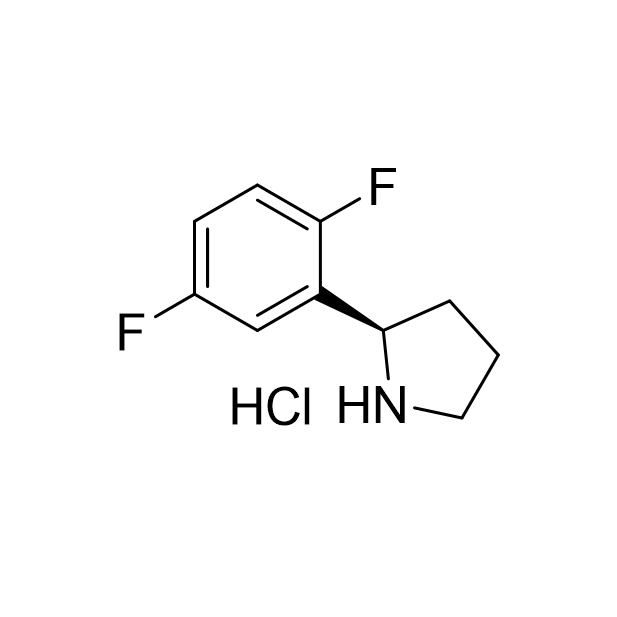
![5-Chloro-3-nitropyrazolo[1,5-a]pyriMidine CAS:1363380-51-1](/source/c735e97d9d2434baa533916048357d17/cas1363380-51-1.jpg)
